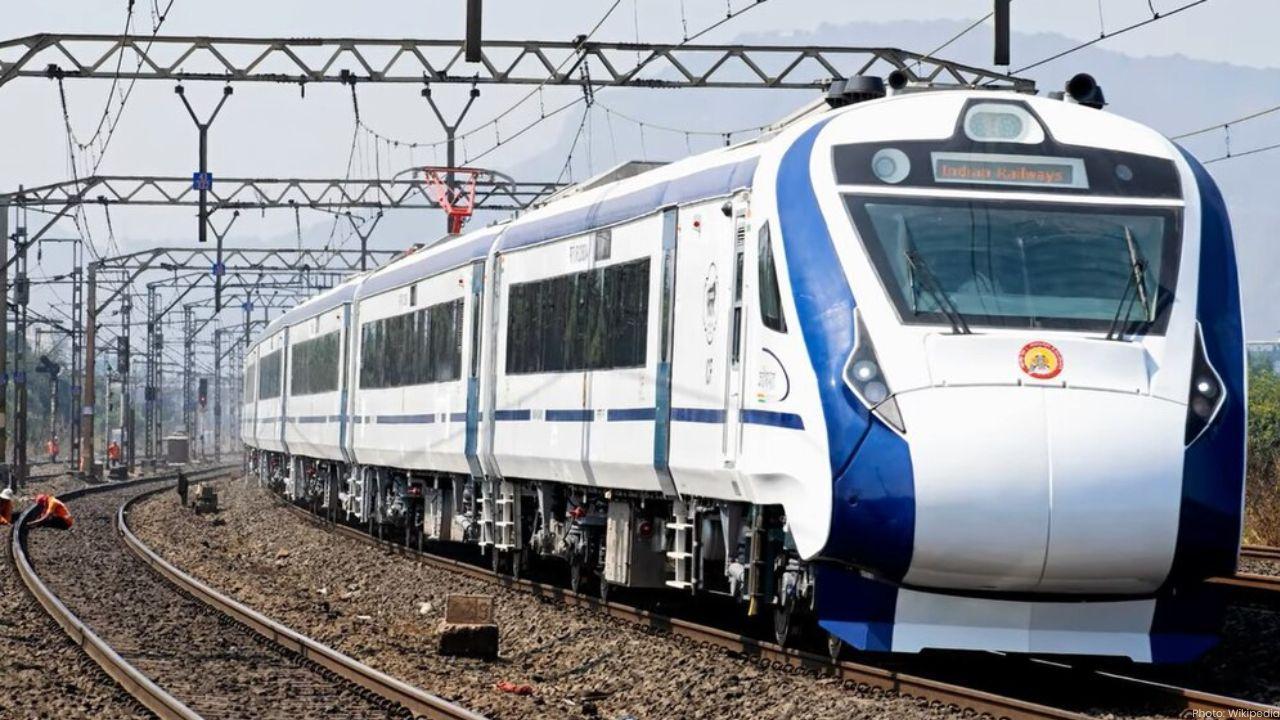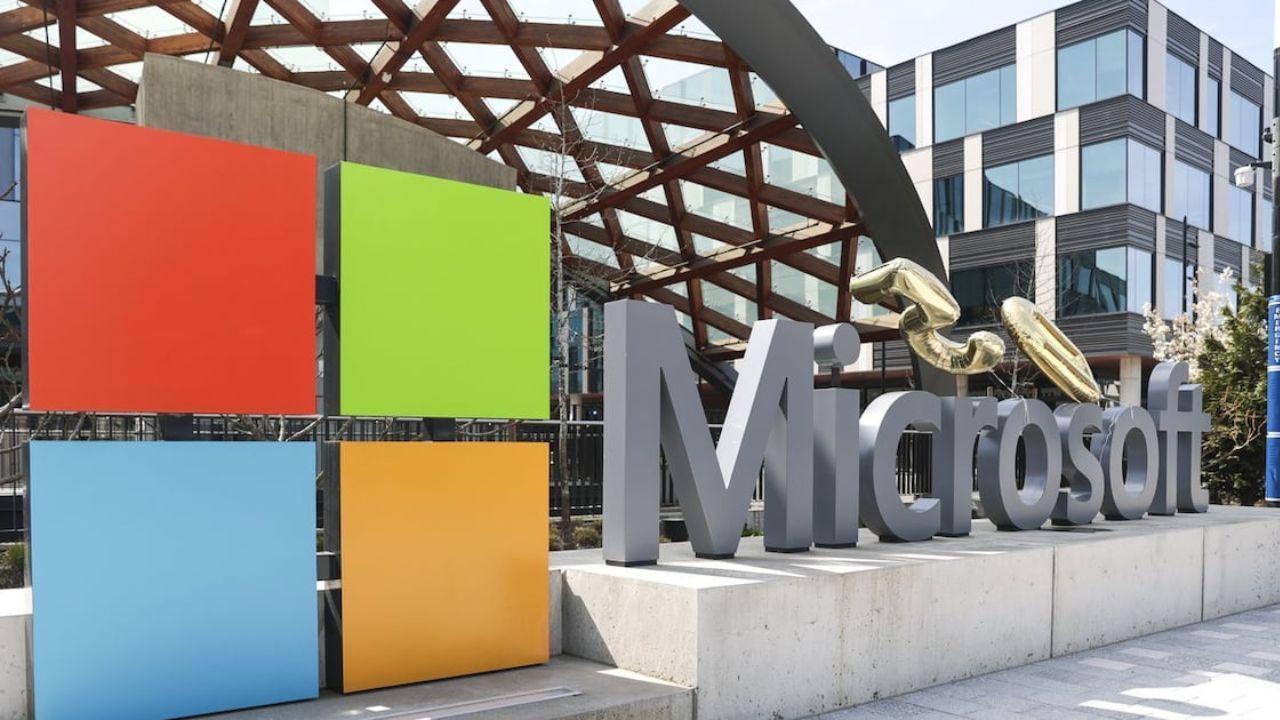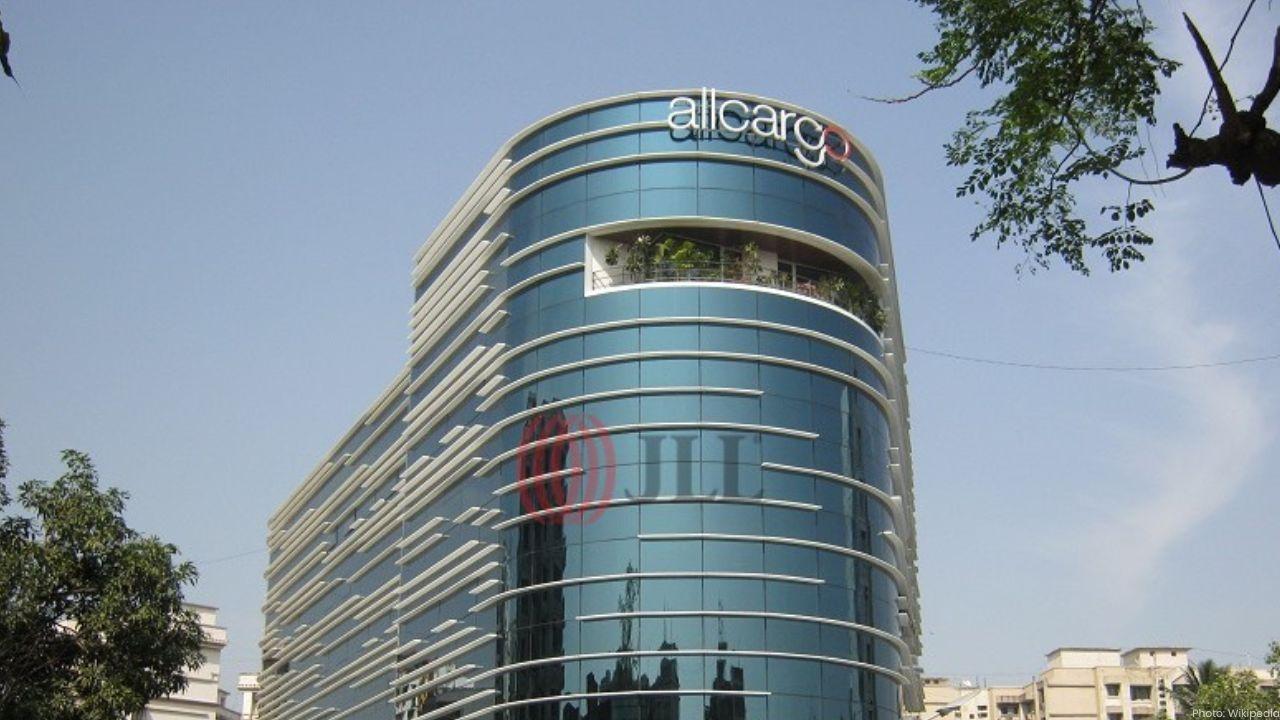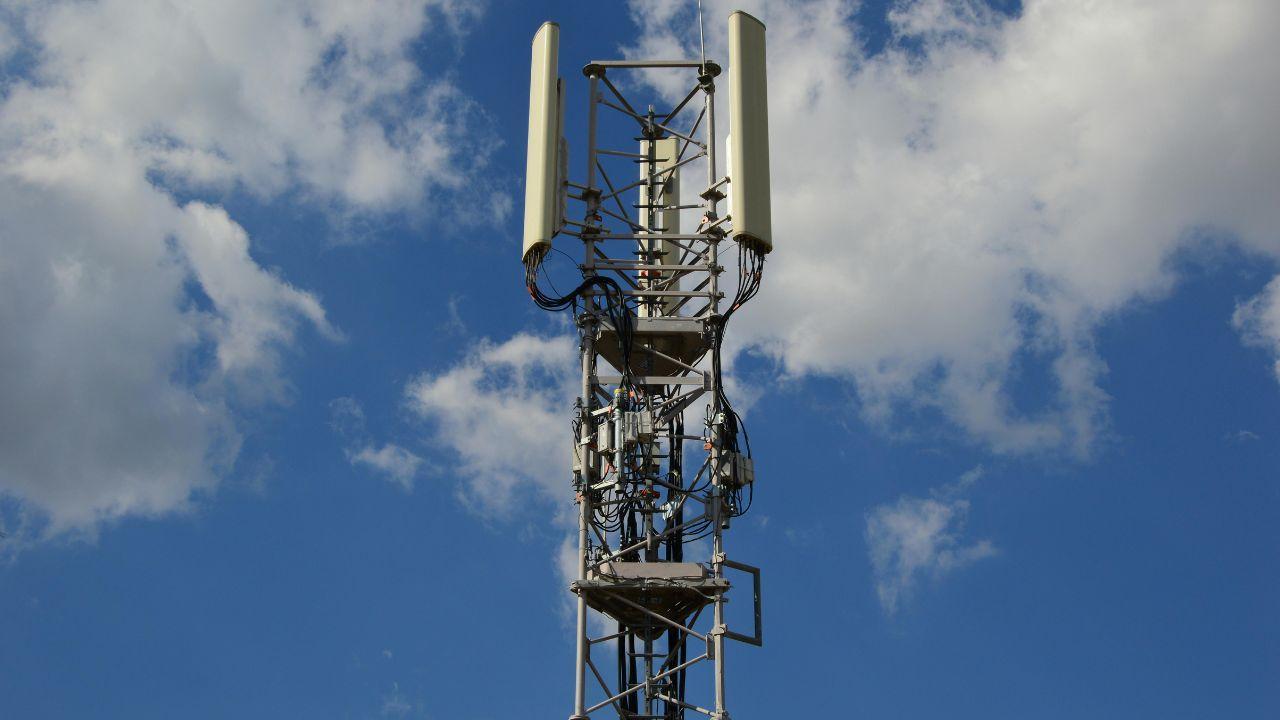
Post by : Meena Rani
The Union Government has given its approval for four important railway projects across India, with a total investment of ₹12,328 crore. These projects include the construction of a new railway line in Gujarat, as well as multi-tracking, doubling, and third-line works in Telangana, Karnataka, Bihar, and Assam. Together, these projects are expected to boost railway connectivity, improve the movement of goods, reduce delays in train services, and bring development to remote areas.
Details of the Projects
1. New Railway Line in Gujarat’s Kutch Region
One of the most important projects is the creation of a new railway line in the Kutch district of Gujarat. The route will connect Deshalpar – Hajipir – Luna – Vayor – Lakhpat, covering a length of 145 route kilometers and 164 track kilometers. The estimated cost of this project is around ₹2,526 crore, and it is expected to be completed in three years.
This new line will not only improve the movement of goods such as salt, cement, coal, clinker, and bentonite, which are important products of the region, but will also help people living in the remote villages of Kutch.
Additionally, the line will open access to several tourist and cultural sites. Famous places like the Harappan archaeological site of Dholavira, the Koteshwar Temple, Narayan Sarovar, and the historic Lakhpat Fort will become easier to reach. This will support both tourism and the local economy, bringing more visitors and jobs to the region.
2. Secunderabad–Wadi Multi-Tracking in Telangana and Karnataka
The second project is focused on the busy Secunderabad to Wadi section, which lies across Telangana and Karnataka. Here, the government has approved the addition of a third and fourth track, covering a distance of 173 kilometers.
This project will take about five years to complete and is estimated to cost around ₹5,012 crore. At present, the line is heavily used for both passenger and goods trains, leading to congestion and delays. By adding more tracks, the railways will be able to run trains faster and more efficiently.
It will reduce waiting times for trains, allow the smooth running of passenger services, and also improve freight capacity. This section is important for industries in southern India, and better connectivity will help the movement of raw materials and finished products.
3. Third Line Between Bhagalpur and Jamalpur in Bihar
The third project approved is the addition of a third track between Bhagalpur and Jamalpur in Bihar. This line will cover about 53 kilometers and will cost around ₹1,156 crore. The work is expected to be finished in three years.
Bhagalpur is an important city in Bihar, known for its silk industry, and Jamalpur is home to one of the largest railway workshops in India. The addition of a third track will reduce congestion, help in running more passenger trains, and also allow faster transport of goods such as silk, textiles, and agricultural produce.
This will also benefit lakhs of daily passengers who travel in this region, as trains will run more smoothly without frequent delays caused by limited track capacity.
4. Doubling of Furkating–New Tinsukia Line in Assam
The fourth project focuses on the northeastern state of Assam. The railway line between Furkating and New Tinsukia will be doubled, meaning that an extra track will be added alongside the existing one. This project covers about 194 kilometers and will cost around ₹3,634 crore. It is expected to be completed in about four years.
Doubling the track will make it possible to run more trains at the same time, reducing delays and improving overall connectivity in the Northeast. The project will also make it easier to move goods like tea, coal, and oil, which are important products of Assam.
Improved connectivity in the Northeast is a key part of India’s development plans for the region. This project will help integrate the northeastern states with the rest of the country and improve opportunities for trade, travel, and jobs.
Overall Benefits of the Four Projects
Together, these four projects will add 565 kilometers of new or improved railway tracks across India. They will cover 13 districts spread across five states: Gujarat, Karnataka, Telangana, Bihar, and Assam.
According to government estimates, around 47 lakh people will directly benefit from these projects. Many of these people live in villages and towns that have not had good railway connections before. With the new lines, they will gain better access to larger cities, markets, schools, hospitals, and tourist places.
Another major benefit is the improvement in freight traffic capacity. It is expected that the new tracks will allow the transport of an additional 68 million tonnes of goods per year. This is extremely important for India’s growing economy, as industries depend on the timely supply of raw materials like coal, steel, and cement, as well as the distribution of finished products.
Link with the National Development Plan
These projects are part of the government’s PM Gati Shakti National Master Plan, which is a larger plan to develop India’s transport and logistics network. This plan aims to create faster, smoother, and more cost-effective connections between roads, railways, ports, and airports.
Railways are seen as the backbone of India’s transport system, especially for long-distance travel and heavy goods. By investing more than ₹12,000 crore in these four projects, the government is showing its focus on strengthening the railway sector.
Impact on Economy and Society
Better Connectivity: Remote areas like western Kutch and the tea-growing parts of Assam will get better access to the rest of the country.
Tourism Growth: Easier access to tourist places in Gujarat and Assam will bring more visitors and help local businesses.
Industrial Support: Industries in southern India, Bihar, and Assam will benefit from smoother movement of goods.
Passenger Relief: More tracks mean fewer delays and more frequent train services for passengers.
Job Creation: Thousands of people will find work in construction, railway operations, and support services during and after the completion of these projects.
Environmental Benefits: Shifting more goods from trucks to trains will help reduce fuel use and pollution, as trains are more energy-efficient than road transport.
The approval of these four projects shows the government’s commitment to modernizing India’s railway system. With new lines, third lines, doubling, and multi-tracking, the projects will not only improve passenger travel but also give a big push to industries and trade.
For people living in distant villages of Kutch, the busy lanes of Bihar, the industrial hubs of Karnataka and Telangana, or the tea gardens of Assam, these projects promise a future where rail travel is faster, more reliable, and more connected.
The total investment of ₹12,328 crore is a strong step towards creating a railway network that supports both growth and accessibility, ensuring that India’s progress reaches even the most remote corners of the nation.
railway projects, infrastructure, multi-tracking, freight movement,










GST Overhaul Triggers Massive Road Freight Surge in India
India braces for a huge spike in road freight as the GST overhaul and festive season drive consumpti

United CEO Warns Spirit Airlines May Not Survive Financial Struggles
United Airlines CEO predicts Spirit Airlines could go out of business due to repeated bankruptcies a

Allcargo Opens Panapakkam Logistics Park Near Chennai
Allcargo Supply Chain Launches Panapakkam Logistics Park to Boost Southern India Distribution with M

HAL Receives Third GE-404 Engine for LCA Mk1A Fighter Jet
HAL has received the third GE-404 engine from the U.S. for the LCA Mk1A fighter jet program, with an

GlobalLogic Ericsson Launch Private 5G at Hitachi Rail Plant
GlobalLogic and Ericsson have deployed a private 5G network at Hitachi Rail’s Hagerstown facility, e

Honda Cuts Bike & Scooter Prices by Up to ₹18,887
Honda lowers prices of bikes and scooters under 350cc by up to ₹18,887, making commuting more afford